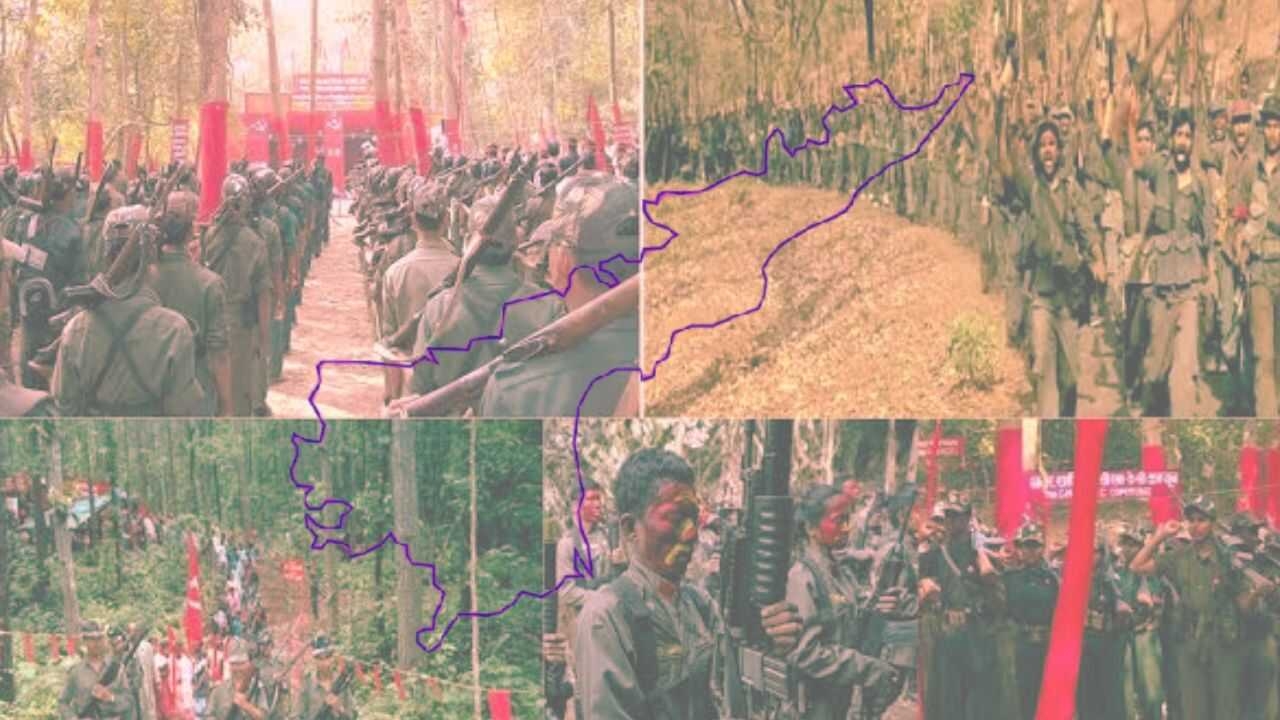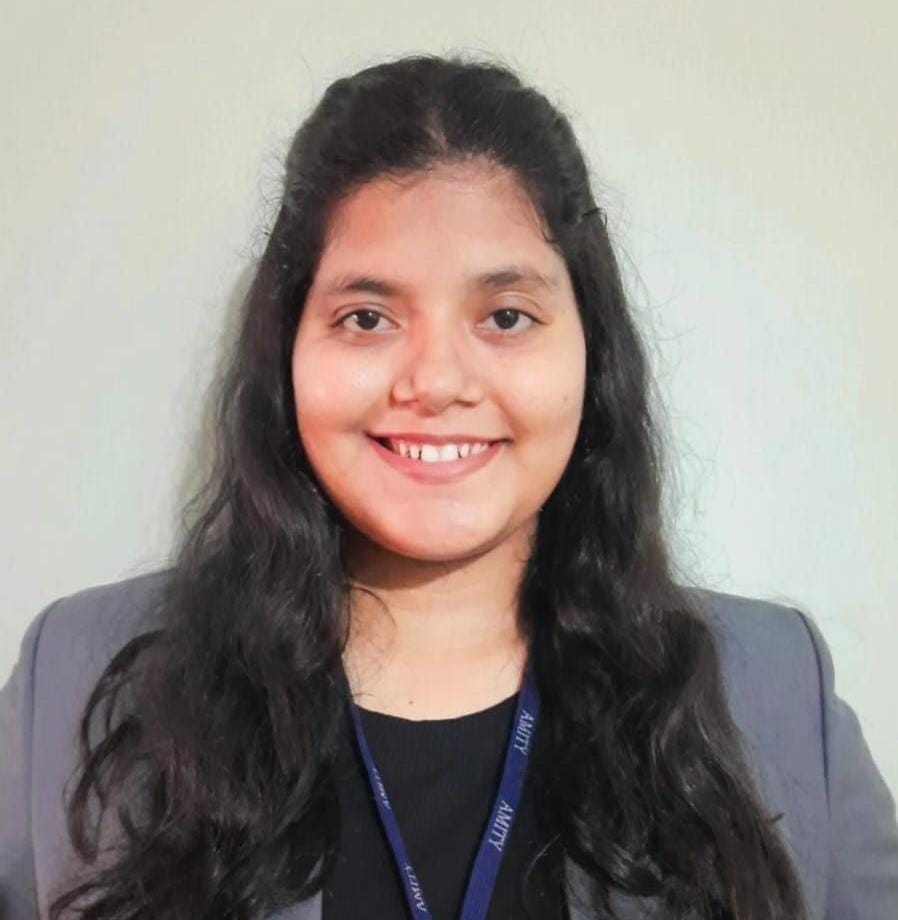The Red dread : Unmasking the struggle Of Andhra Pradesh

The MCC started out as a group called Dakshin Desh, which focused on mass mobilization for armed conflict and started operating in the West Bengal region of Jangal Mahal. Known by its official name, the Maoist Communist Centre, it grew into Bihar in 1975 and organised local peasants by creating political militia squads.
Evolution and Mergers
In 2004, the MCC and the People's War Group united to establish the Communist Party of India (Maoist), which is still in operation today in a number of regions. The goal of this merger was to fortify the violent resistance to the Indian government and bring the dispersed Maoist groups together.
In Andhra Pradesh,The Maoist Communist Centre (MCC), a Communist terrorist organisation, has suffered a decrease in activity in Andhra Pradesh in recent times. State government claimed that actions taken over the previous forty years have effectively curbed Maoist activity. These steps include development projects, security activities, and protecting local residents rights and entitlements.
The MCC is now only present in a few locations in the districts of Parvathipuram Manyam and Alluri Sitharama Raju as a result of the state and central government's multifaceted strategy. Significantly fewer members are now active as well. This decrease has been largely attributed to intelligence cooperation with nearby states like Odisha, Telangana, and Chhattisgarh.
The government has given tribal farmers advice on growing other commercial crops and has given them ownership of forest sites if they qualify. With the completion of roads under the Road Connectivity Project for Left Wing Extremism-Affected Areas (RCPLWEA) initiative, infrastructure development has also been a focus.
In order to support children in tribal communities, educational activities include the creation of Ekalavya schools as well as the management of primary and residential schools, ashram schools, and hostels.
The administration has also established communication towers in affected areas in an effort to improve connectivity. This is a component of a larger initiative to provide a strong network of communications in tribal territories.
The effects on the populace have been multifaceted. Some have suffered from the violence and instability that such insurgencies entail, while others have backed the cause because they regard it as a fight for justice and equality. The fighting has destroyed lives and property, uprooted livelihoods, and instilled a climate of fear and uncertainty in the impacted areas.
In Andhra Pradesh, the Maoist Communist Centre (MCC) was a gang of communist terrorist who wreaked havoc and confusion. They disregarded the rule of law and propagated terror and violence everywhere they went.
The political figures connected to the MCC were merely self-serving thugs who exploited the organization for their own personal benefit. They brainwashed innocent individuals with propaganda and false promises in order to influence them into supporting their cause.
The MCC had a terrible effect on the populace. They disturbed people's everyday routines and made communities fearful and uneasy. Because of the terrosits’ activity, innocent bystanders were caught in the crossfire and suffered injuries as well as displacement.
The analytic journey of MCC in AP has caused troubles for years
1. Early Years (1970s–1980s): The MCC became a nuisance by using violent techniques to incite conflict. Their desire for devastation expanded rapidly, even though they started out little.
2. Expansion (1990s): The MCC terrorised more regions of Andhra Pradesh during this period as it broadened its sphere of influence. They attracted additional adherents and indoctrinated them with their perverted worldview.
3. Peak of Chaos (2000s): The MCC was at its worst in the 2000s, creating chaos all throughout the region. They engaged in combat with security personnel, resulting in a path of devastation and hopelessness.
4. Decline (2010s): As security authorities stepped up their crackdown, the MCC's influence started to erode in the 2010s. The group suffered from the capture or death of several of its leaders.
5. Persistent Danger (2020s): In spite of their downfall, the MCC continued to cause anxiety and unease in Andhra Pradesh. They resisted being totally removed, much like an obstinate weed.
The MCC left a legacy of chaos and devastation, bringing the people of Andhra Pradesh nothing but sorrow and suffering over the years.
Impact on People
The MCC’s actions have significantly affected the local populations, particularly the marginalised tribal communities and Dalits, who often form the bulk of their recruits. The movement has been associated with violence and disruption, leading to civilian casualties and a sense of insecurity in the affected regions.
Present Role
Communist Party of India (Maoist), a banned terrorist organisation by Indian government, opposes electoral politics and Indian democracy in favour of an violence to create a communist state. They are thought to be present in one-third of India's districts, and the government of that country views them as one of the biggest risks to internal security.
The MCC's development from a local organisation to a prominent terror group in India's left-wing extremism is a reflection of the intricate interactions between socioeconomic variables, regional politics, and imported Chinese maoist ideology.
Deeply affecting the residents of the impacted regions, it has sparked continuous discussions about how to strike a balance between maintaining security and resolving the underlying issues that give rise to these kinds of demonstrations. To gain a more comprehensive comprehension, peruse complete academic articles and books on the subject recommended.
Currently, the Communist Party of India (Maoist), which the MCC is part of, continues to be active in several regions and is considered by the Indian government as one of the most significant internal security threats. The terror group rejects Indian democracy and electoral politics, advocating for a so-called revolution to establish a communist-maoist dictatorship state through armed struggle from the countryside, eventually encircling the cities.
Article by
Snehita Tammineni
Intern, The Narrative


